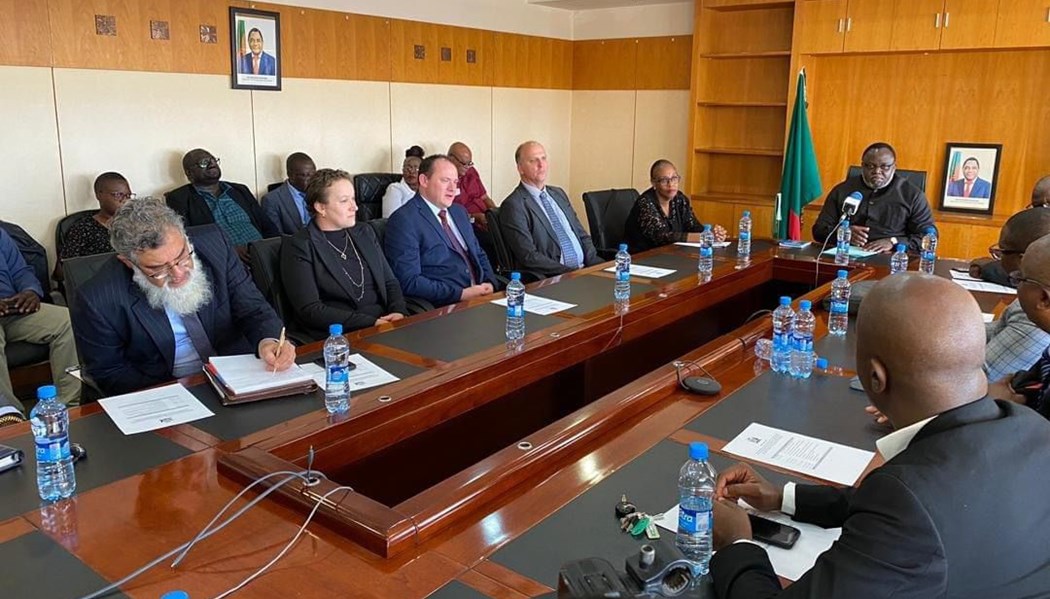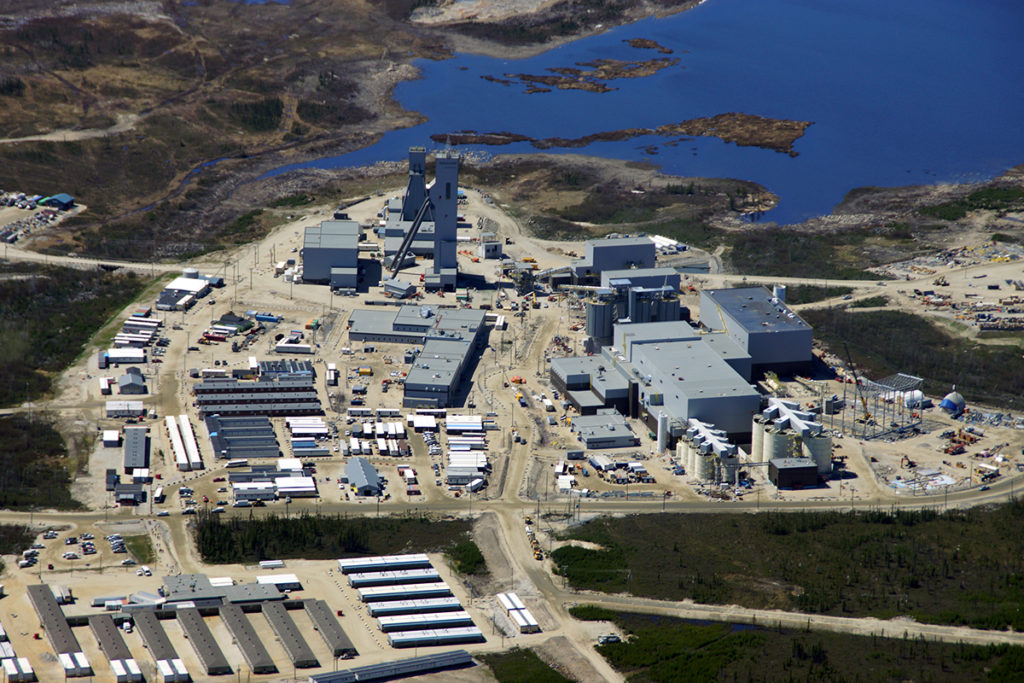Mining Other

Rising Gold Prices Deepening Conflict Risks in Ethiopia and Sudan

Within minutes, Khalid quietly revealed his true purpose for visiting Ethiopia: he was looking for direct access to gold suppliers operating through border towns, the kind of informal networks used to move gold rapidly toward Dubai. The exchange captured a growing reality—a parallel gold economy moving silently beneath the region’s conflicts.
As global gold prices surge to historic highs—hovering close to USD 4,000 per ounce—Africa’s gold-rich nations are seeing renewed attention from investors, traders and governments. But in the Horn of Africa, soaring demand is unfolding against the backdrop of deadly internal conflicts. New analysis shows that Ethiopia and Sudan, two of the region’s most promising gold producers, are also among the most unstable, as armed groups and political actors compete for control of lucrative mining zones.
In Ethiopia, gold remains the country’s top mineral export, generating over USD 400 million last fiscal year, according to the Ministry of Mines. Yet some of the country’s most productive sites lie inside conflict-affected regions where state authority is contested. In Oromia, major gold belts around Shakiso, Adola, Megado, West Wollega and Kellem Wollega are affected by the ongoing insurgency led by the Oromo Liberation Army (OLA). Local officials and miners say insecurity and informal taxation undermine stability and drive a significant portion of production into informal trade routes rather than the official system.
In Benishangul-Gumuz, artisanal pits in Metekel, Kamashi, Dibate and Mandura have become flashpoints of violence involving Gumuz militias and federal security forces. Western Tigray’s districts of Tsegede, Welkait and the Shire–Adi Hageray corridor are also witnessing the growth of informal extraction and trafficking following the region’s post-war security vacuum. Gold from these areas frequently crosses into Sudan and later re-enters global markets through the Gulf.
Sudan’s situation is even more severe. The country is in the grip of a devastating civil war between the Sudan Armed Forces (SAF) and the Rapid Support Forces (RSF)—and gold sits at the centre of their battle for resources. The RSF maintains strong influence over North Darfur’s Jebel Amer, one of Africa’s richest deposits, as well as sites in Saraf Omra, Kutum and Kabkabiya, according to the UN Panel of Experts. Meanwhile, South Kordofan’s Talodi, Kadeer and Rashad remain active conflict zones with significant artisanal production.
Trade data shows that both countries’ gold—official and smuggled—ultimately ends up in the United Arab Emirates, now the primary global entry point for African artisanal gold.
As the music slowed and the Addis nightclub began to empty, Khalid and Abreham stepped outside, exchanging contacts before going their separate ways. “Good luck,” Abreham told him—a simple farewell that reflected a far more complex reality, where gold, conflict and opportunity continue to intersect across Ethiopia and Sudan.
The full ARC analysis explores how these gold corridors are shaping regional stability, the risks for investors, and what rising global prices mean for the Horn of Africa. Book a 20 minutes free consultations to learn more about ARC services.












